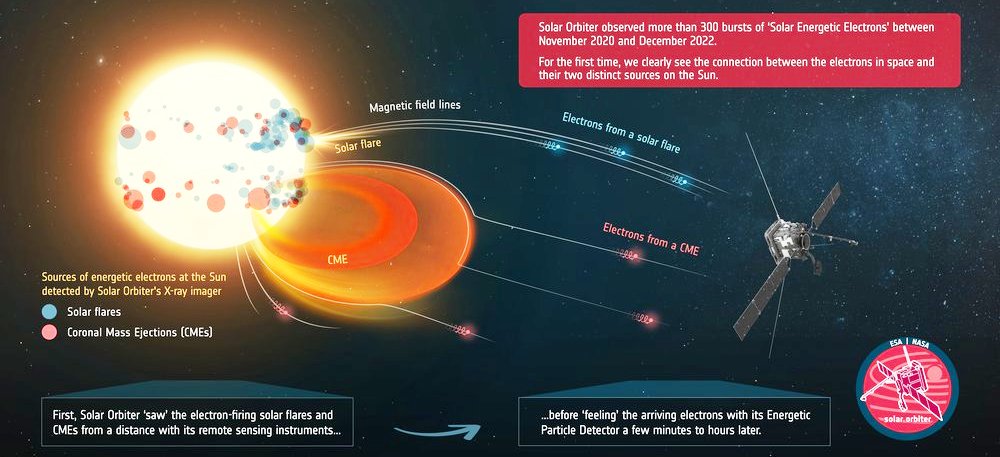Amazon gets first airline customer for its Kuiper constellation
Amazon yesterday signed up its first airline customer, JetBlue, the airline agreeing to provide in-flight WiFi to its passengers using the Kuiper constellation.
Amazon’s satellite internet service, Project Kuiper, will partner with JetBlue to provide in-flight Wi-Fi starting in 2027. It’s Project Kuiper’s first deal with an airline as it aims to keep up with the SpaceX-owned Starlink, which has already snagged satellite internet agreements with United Airlines, Hawaiian Airlines, Air France, and several others.
JetBlue must have gotten a truly great deal to go with Kuiper. It could start providing Starlink to passengers now if it wished, instead of waiting until 2027 with Kuiper. And even that date remains uncertain, considering how few satellites Amazon has so far launched (just over a hundred) when it needs at least 1,600 by next July to meet its FCC license requirements.
Amazon yesterday signed up its first airline customer, JetBlue, the airline agreeing to provide in-flight WiFi to its passengers using the Kuiper constellation.
Amazon’s satellite internet service, Project Kuiper, will partner with JetBlue to provide in-flight Wi-Fi starting in 2027. It’s Project Kuiper’s first deal with an airline as it aims to keep up with the SpaceX-owned Starlink, which has already snagged satellite internet agreements with United Airlines, Hawaiian Airlines, Air France, and several others.
JetBlue must have gotten a truly great deal to go with Kuiper. It could start providing Starlink to passengers now if it wished, instead of waiting until 2027 with Kuiper. And even that date remains uncertain, considering how few satellites Amazon has so far launched (just over a hundred) when it needs at least 1,600 by next July to meet its FCC license requirements.










